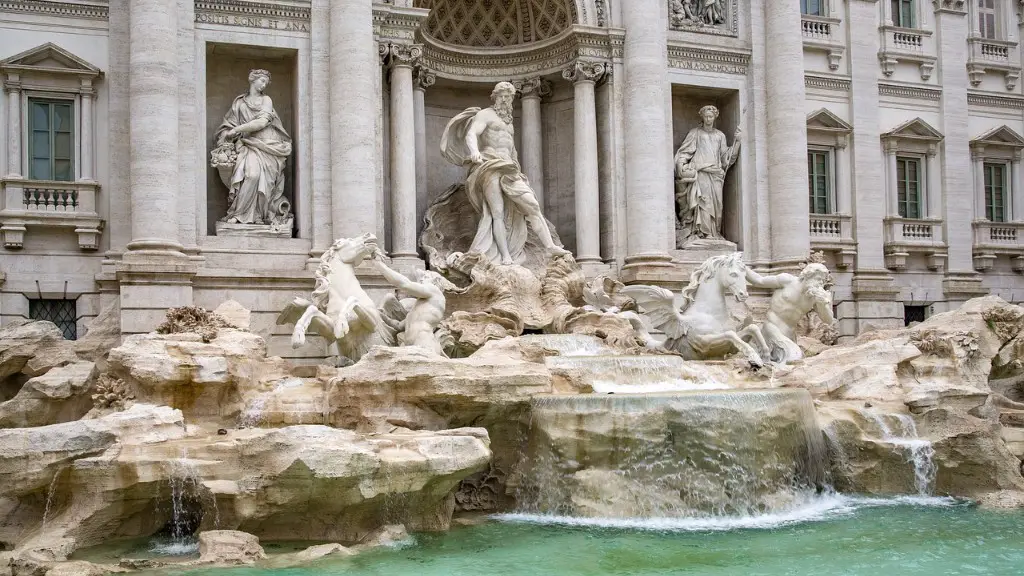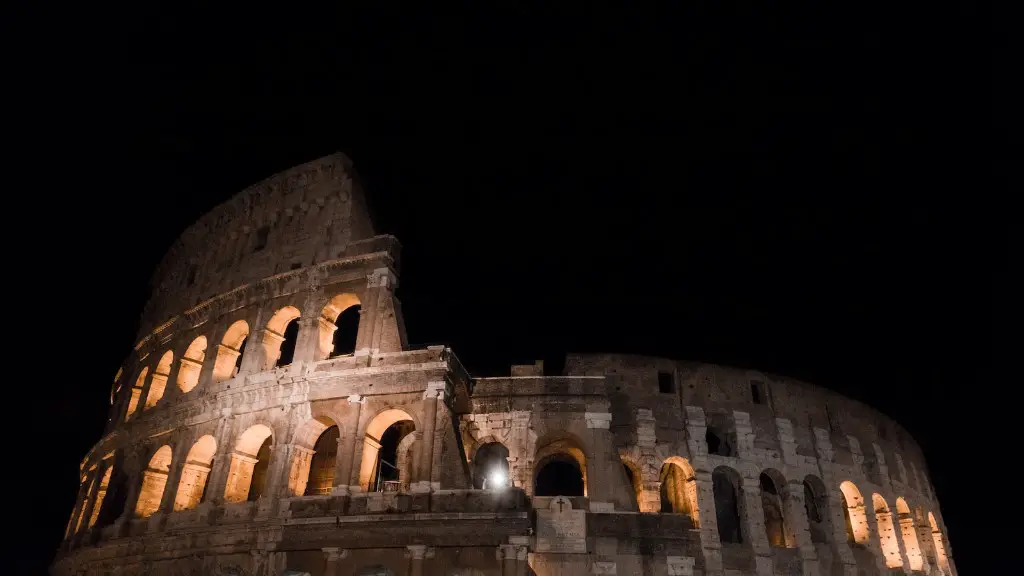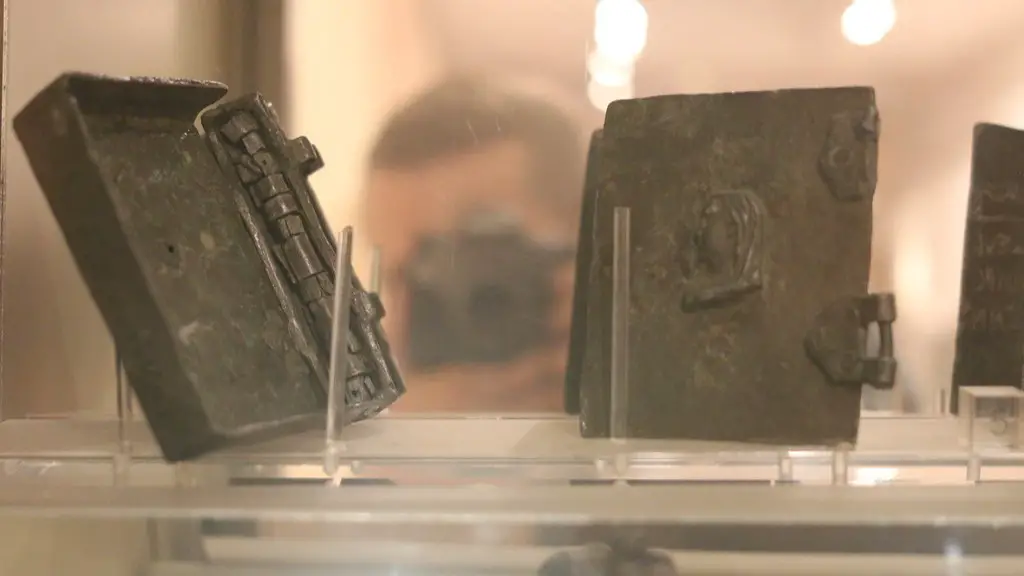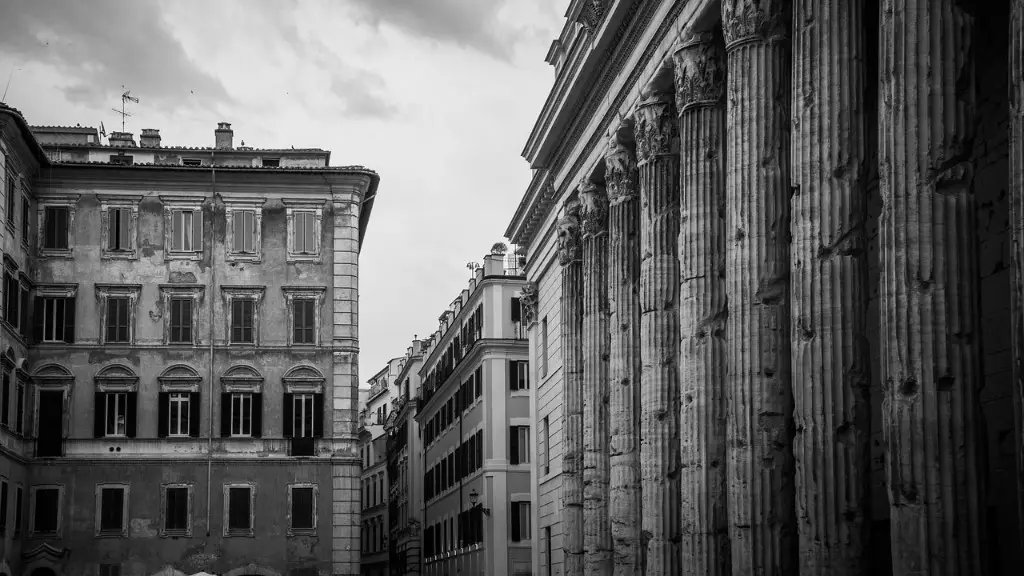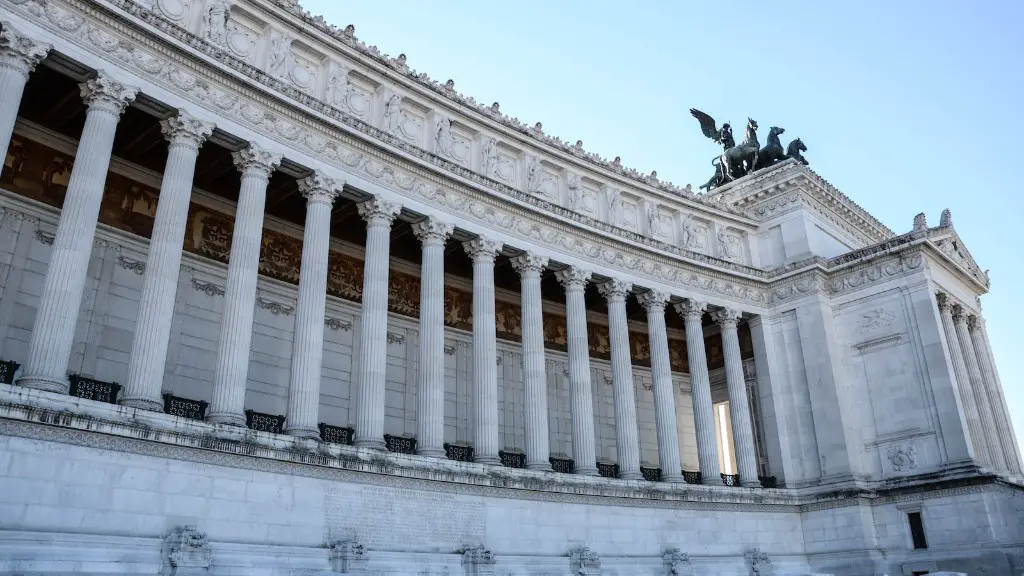At the edge of the Mediterranean Sea in the 9th Century BC, a civilization of equals sprang to life. Ancient Rome was created from a backbone of small communities and tribes, designed to become an example of self-governance, public service, and civil unrest. Roman culture spread outside of the city limits and eventually formed its own vibrant empire. However, what was Rome really like? Was it really the utopia of justice, fairness, and unity that its citizens envisioned?
The truth is, Rome was indeed a very prosperous place during its prime. The poorest of its citizens still received necessary basics like food and shelter, and the majority of its citizens were not enduring extreme poverty. The city was home to a large variety of business, cultural, and entertainment avenues – as evidenced by the countless mosaics, sculptures and colored frescoes that still remain today. The Romans also created an elaborate infrastructure, and built many public works like aqueducts, roads and bridges.
Despite its undeniable triumphs in justice, equality, and technology, ancient Rome had its struggles. It was a heavily patriarchal society, where women had very little agency or autonomy. They were considered mere property of men and could be treated as such. Women of lower classes were even thought of as commodities, in the eyes of their male-dominated government. Furthermore, slavery was a giant component of the Roman economy, as it depended heavily on slave labor to provide its citizens with goods and services.
On top of this, Rome was far from unified. It was, in fact, incredibly divided – first on a social level and then on an ideological level. Its rich and influential citizens were very likely to receive favorable treatment in courts of law, while lower classes would easily find themselves unjustly convicted or treated cruelly by authorities. The ideological differences within the population, in addition to a massive influx of foreign religious and cultural ideologies, posed a huge challenge to Rome’s unity, with countless civil wars and other inner-turmoils shaking the foundations of its power.
Contribution to Modern Society
As much as ancient Rome faced struggles and internal turmoil, it still managed to make significant contributions to society in ways that we still use and benefit from today. Rome is credited with creating vital systems like civil law, democracy, public welfare and much more. Additionally, its advancements in architecture, engineering and performance arts have become the foundation for thousands of modern architectural structures and artistic forms.
The proud Roman people also created a rich and unique culture within its Empire – with hundreds of languages, gods, myths and stories that continue to live on to this day in books and other forms of media. The works of ancient writers and artists are a staple of our modern society and institutions throughout the world, making Rome deeply influential to our culture, beliefs, and values.
In short, ancient Rome was a complex blend of different elements and influences, making it a fascinating yet challenging city to understand. It was a place of both triumph and turmoil, and while its citizens may have idealized its potential, they also faced the realities of their society head on.
The Roman Arena
The Roman Arena was built for entertainment and sporting events, but it was also the site for public spectacle and punishment. Gladiatorial combat and wild animal fights were popular forms of entertainment, spectacles were held for extravagant plays, and criminals were executed for their wrongdoings. Rome even hosted executions of “heretics”, who were convicted of religious crimes, in the public arenas.
Despite the inequities and violence, the Roman Arena was an important part of Roman life. The Roman people loved attending the sporting events and spectacles. They often argued and placed bets on the matches that took place, and the sound of cheering filled the arena when the victor was hailed. Romans also viewed it as a way to promote justice, since a criminal’s punishment would often be displayed in the arena and the citizenry could witness it.
The Roman Arena of today is a much different scene. Due to the influence of Christianity, the games have long since stopped and the arenas have become tourist attractions. But the stories behind these arenas and their events still remain. Centuries later, we can still look to them and gain a deeper understanding of the accomplishments, struggles and complexities of life in ancient Rome.
Roman Colonies
In pursuit of expanding its borders and trading opportunities, Rome set up colonies throughout Europe and Asia Minor. As with many Roman settlements, the colonies were created primarily for strategic purposes, but they also served as a refuge for disenfranchised Roman citizens. The colonies were designed to last, with temples, baths and public spaces built to maintain the cities’ infrastructure.
These colonies represented a new level of civil infrastructure that would become the blueprint for many modern cities today. With their vibrant trading markets, efficient public services and drainage networks, the Roman colonies embodied a system of trade and life that was far ahead of its time.
Despite its successes, the Roman colonization did not always go smoothly. Conflicts between the colonies and their neighboring civilizations resulted in many wars, sometimes resulting in subjugation or plunder of the colonies. Many Roman colonies were also destroyed or abandoned in search of more fruitful pastures, leaving only ruins to remind us of the ambitious legacies of the ancient Roman Empire.
Influence of Religion
Religion played an important role in ancient Rome – from its politics to its public spectacles. Roman religion was polytheistic, and the citizens worshiped a wide range of deities, with their own temples, rituals and gods. Through these worship practices, many essential values were created, like strength, courage and justice. These gods served as public and private protectors, as well as moral compasses for the people.
Religion also influenced the Roman government. Their Senate was made up of religious officials, and the emperor often had to consult with or offer sacrifices to the gods to ensure the favor of the gods and the success of the state. Public religious ceremonies were also commonly held in order to honor the gods and show respect.
Roman religion had its share of issues, though. Many Roman gods had corrupt and violent behavior, and some religious customs ended in violence, such as gladiatorial fights and animal sacrifice. Despite this, religion in Rome was deeply entrenched in its culture, empowering the daily life and inspiring its citizens.
Economic Advancements
Ancient Rome invested heavily in its economy, creating sophisticated policies and investment climates that would become the foundation for modern economics. From creating coin currency to engineering vast networks of roads, Rome put its resources into improving its economy and shaping it into a much stronger powerhouse.
Romans also enjoyed trading goods with their foreign neighbors. The imperial government established clear trading agreements amongst different nations, often based on mutual interests, allowing the goods and goods of all nations to become more accessible. This created a unique, vibrant marketplace within its vast network of conquered lands.
Aside from the imperial government, Roman citizens also took part in trading and entrepreneurship. Several major production hubs were set up throughout the empire, producing all sorts of goods for the citizens. This provided ample opportunities for local trade, further strengthening the Roman economy.
Conclusion
Ancient Rome was a complex and ever-changing civilization, with its own triumphs and tribulations. It was a mix of differing cultures and ideologies, making it both a successful and flawed society. It was a land of opportunity and prosperity, but its citizens still had to endure the struggles and injustices that come with an imperfect system.
From its engineering accomplishments to its iconic art and literature, the legacy of Rome is still alive in our modern world. Its contribution to art, architecture, law and economics have made it an influential and powerful part of our culture. Though its true potential may have never been reached, its contributions to our world will never be forgotten.
